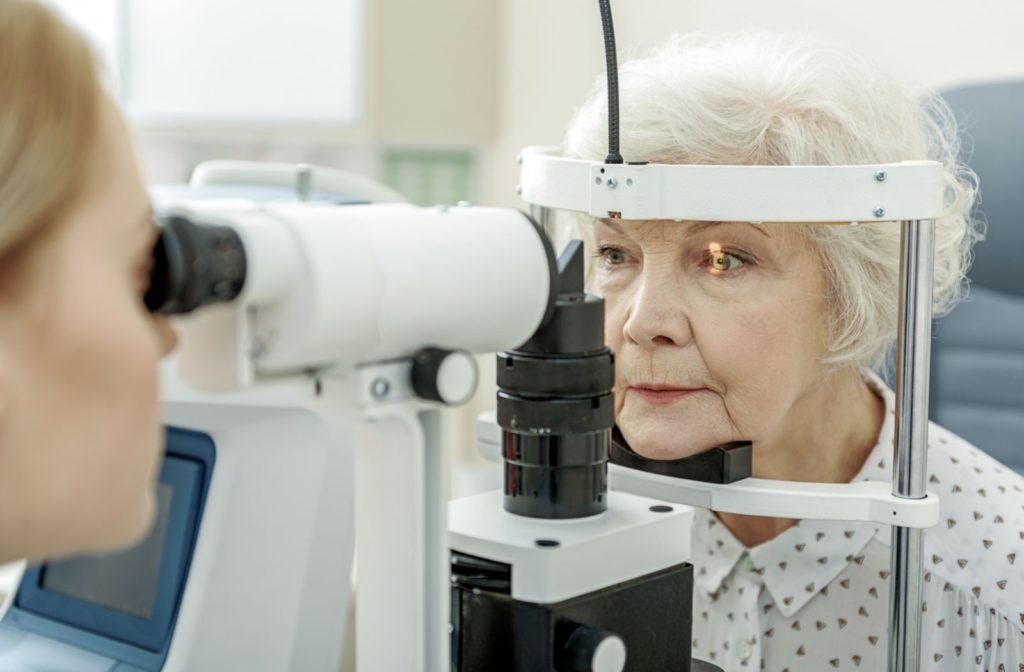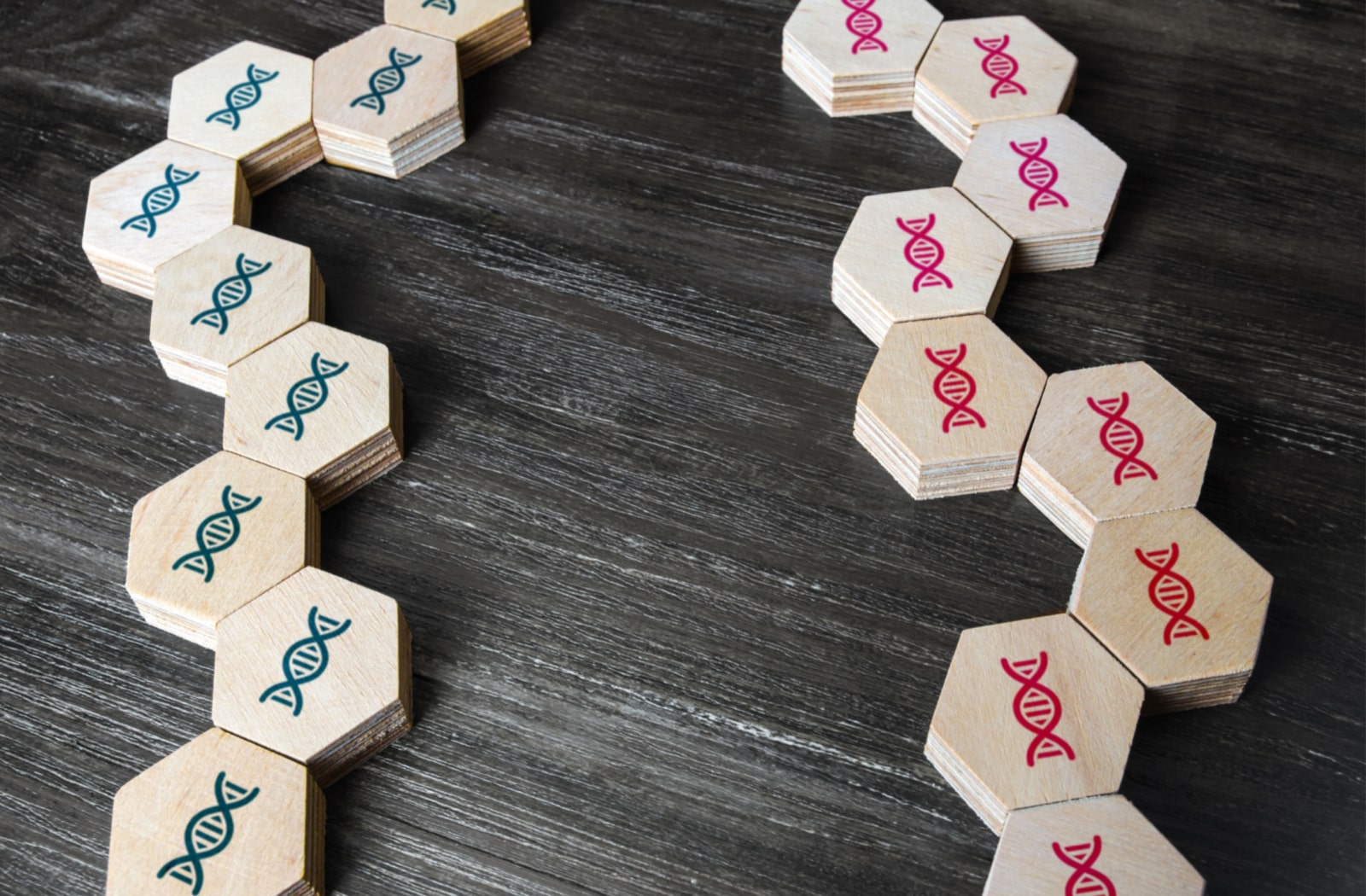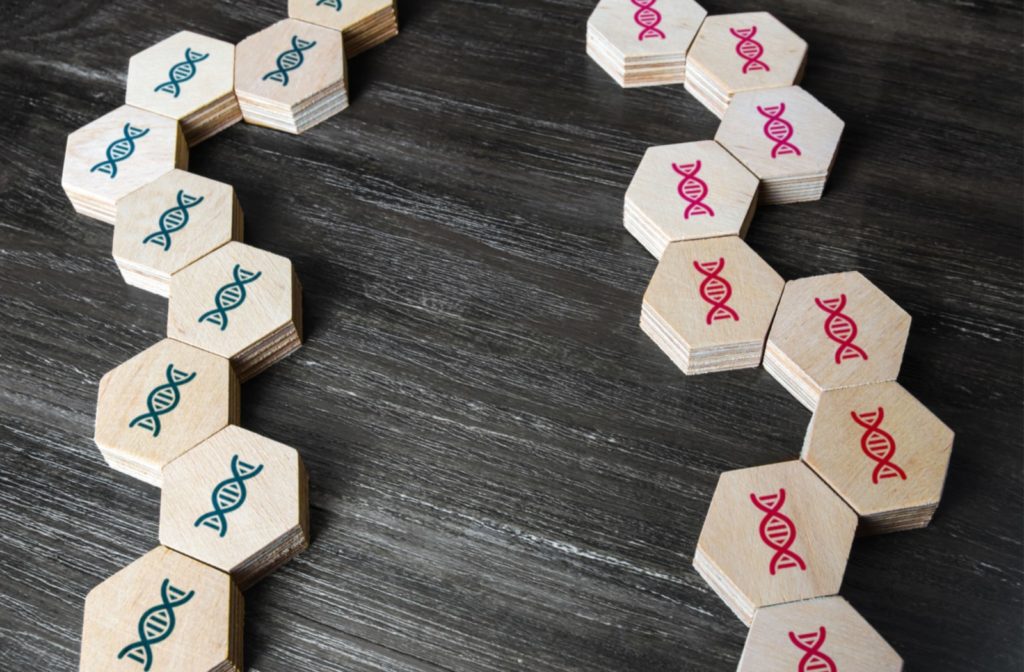Anyone can develop glaucoma, but some are at higher risk than others. Informing your optometrist of a parent, grandparent, or other family member’s history of glaucoma can help them provide the most personalized care during your comprehensive eye exams.
A family history of glaucoma is a risk factor. However, other risk factors can affect your chances of developing glaucoma. Understanding these risk factors and how they may apply to your eyes can help you know when to talk to your optometrist.
What Is Glaucoma?
Glaucoma is a group of eye conditions that damage the optic nerve at the back of your eye. Your optic nerve is critical for vision because it communicates what you’re looking at to your brain. Damage to the optic nerve can lead to a reduction in peripheral vision and vision loss.
Over 700,000 Canadians are affected by glaucoma. While it’s most common in adults over 60, glaucoma can develop at any age and is one of the leading causes of vision loss in older adults.
Glaucoma Symptoms
There are typically no symptoms of glaucoma until the condition progresses into later stages. However, the symptoms and severity depend on the type of glaucoma you’re experiencing.
Symptoms of Open-Angle Glaucoma
The most common type of glaucoma is open-angle glaucoma, and when symptoms emerge, they can include:
- Patchy blind spots in peripheral vision, or side vision
- Gradual vision loss
Symptoms of Acute Angle-Closure Glaucoma
This type of glaucoma is an eye emergency as acute angle-closure glaucoma can have severe symptoms that shouldn’t be ignored, including:
- Nausea
- Vomiting
- Severe eye pain
- Headaches
- Eye redness
- Seeing coloured rings or halos around light
- Sudden blurred vision
Symptoms likely won’t appear until it begins to cause vision loss, so it’s crucial to maintain a regular eye exam schedule to monitor your eyes for early signs of glaucoma.
Is Glaucoma Hereditary?
There are several risk factors for developing glaucoma, including genetics. Open-angle glaucoma, the most common type, is hereditary. Your risk is 4 to 9 times higher than usual if you have a family member with glaucoma.
If you have a family history of the eye disease, your optometrist may begin testing for glaucoma early to detect signs of the condition.
Risk Factors for Glaucoma
Other elements can raise your risk of developing glaucoma. You may be at higher risk depending on:
- Age
- Race
- Family history
- Eye injuries or trauma
- Steroid use
- History of Diabetes
- High myopia, or nearsightedness
- Corneal thickness

What Causes Glaucoma?
The causes of the condition depend on the type of glaucoma, but the primary source of most glaucoma cases is damage to the optic nerve from increased intraocular pressure (IOP). The back of your eye produces a clear fluid that fills the front of the eye.
The fluid is supposed to drain through the angle, which is located between the iris and the cornea, but obstructions in the drainage channels can cause fluid buildup, increasing your IOP.
What are the Different Types of Glaucoma?
There are up to 8 different types of glaucoma that can affect your eyes in various ways. The most common include:
- Open-angle glaucoma
- Angle-closure glaucoma
- Normal-tension glaucoma
Open-Angle Glaucoma
Open-angle glaucoma accounts for roughly 90% of glaucoma cases in Canada. This chronic glaucoma has virtually no early signs until gradual vision loss occurs in later stages. Vision loss can be so slow that you may not notice until irreparable damage is done.
This type of glaucoma occurs when there’s dysfunction in the eye’s drainage system or when they eye produced too much intraocular fluid. The drainage by the cornea and iris remains normal, but other components block proper drainage. This can cause a gradual increase in IOP over time.
Angle-Closure Glaucoma
Angle-closure glaucoma occurs when the flow of fluid is suddenly blocked. Rapid fluid buildup can cause an unexpected onset of severe and painful symptoms. The quick rise in IOP is an emergency that needs immediate attention from your optometrist.
Normal-Tension Glaucoma
Normal-tension glaucoma is unique because there is no increase in IOP, yet the optic nerve still gets damaged. The cause of this type of glaucoma is unknown, but it’s believed to be caused by factors such as structural weakness in the optic nerve or lack of blood flow to the optic nerve.
Treatment for Glaucoma in Winnipeg
The damage to the optic nerve caused by glaucoma is irreversible, but regular eye exams can slow or prevent vision loss if caught early.
The treatment for glaucoma includes lowering the intraocular pressure. Your optometrist may use one or a combination of treatment options, including:
- Prescription eye drops
- Oral medications
- Referral to an Ophthalmologist for surgical intervention
Begin the process of diagnosing and treating your glaucoma with routine comprehensive eye exams with the team at View Pointe Vision + Style.
Book an appointment to get an updated prescription, find your next pair of stylish frames, and get personalized care for your eye health.


